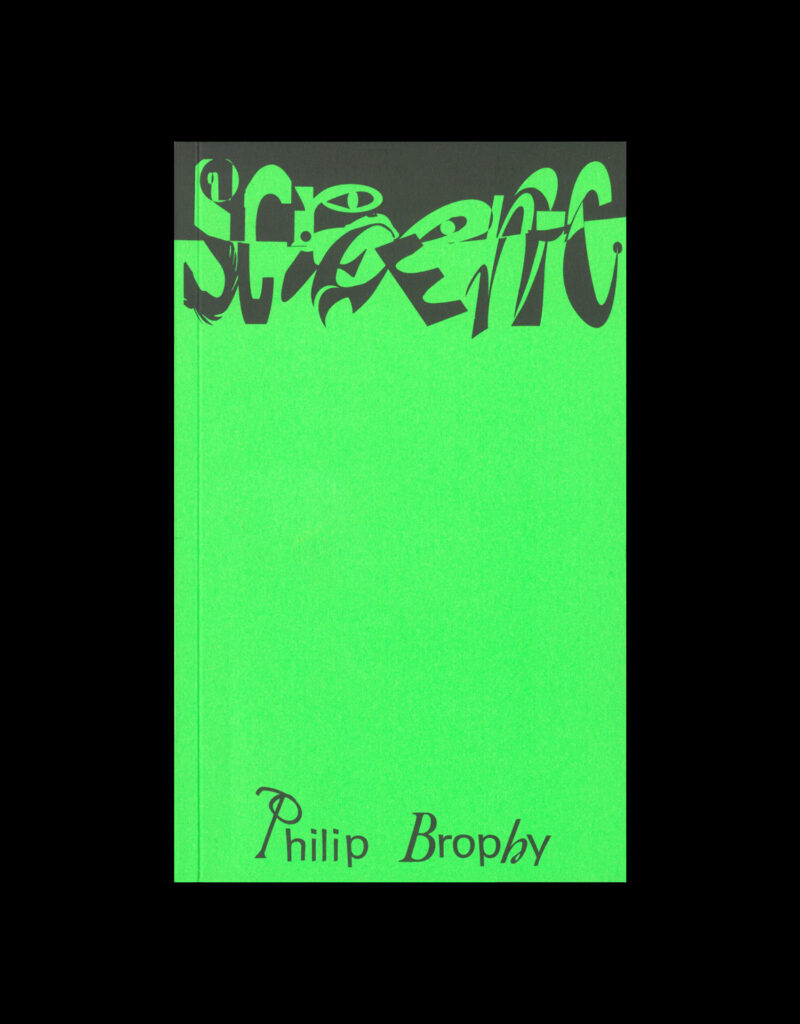Philip Brophy
Screenic: Politicised Writings on Being Screened
290 pages, softcover, 110 × 180 mm
Edition of 700
ISBN 978-1-7635372-1-7
http://www.discipline.net.au

Discipline is pleased to announce its latest title, Screenic: Politicised Writings on Being Screened—an anthology of Philip Brophy’s writing on art over the last twenty-five years. The focus of the selection is on art that involves screens: projected as film in museums, digitised for installations in galleries, curated as documents within exhibitions, presented as outdoor illuminations on buildings, utilised for the production of VR and AI-generated content, and even wall murals derived from televisual screens. The driver for the writing of these articles is an interest in media literacy within fine art contexts. Together, the articles reinforce the view that ongoing changes taking place in the mediascape over the last two decades create challenges for artists, producers, curators, viewers, and critics—sometimes resulting in a rejuvenation of how media art can be imagined and presented, other times evidencing an anaemic grasp of the contemporary mediascape that whorls outside the white cube.
Screenic has been designed by James Vinciguerra and Duncan Blachford, and printed in Narrm/Melbourne by Documents on Call. It features a preface by Helen Hughes, an introduction by Emile Zile, and has been edited by Olga Bennett.



